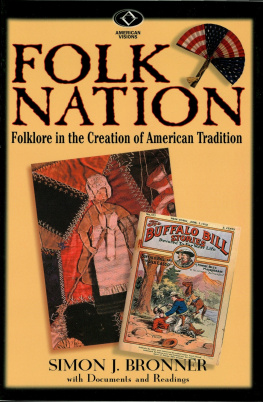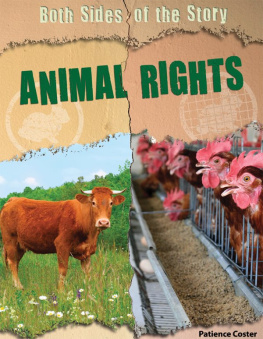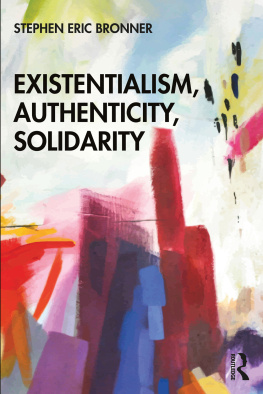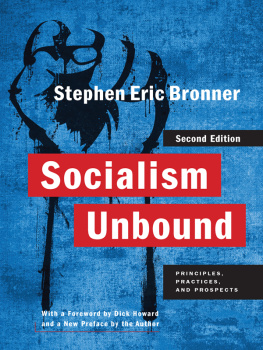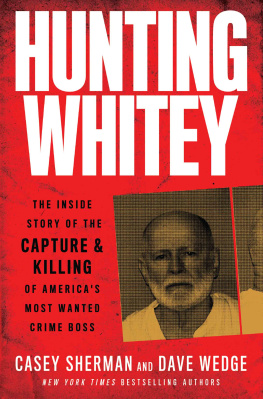Copyright 2008 by The University Press of Kentucky
Scholarly publisher for the Commonwealth, serving Bellarmine University, Berea College, Centre College of Kentucky, Eastern Kentucky University, The Filson Historical Society, Georgetown College, Kentucky Historical Society, Kentucky State University, Morehead State University, Murray State University, Northern Kentucky University, Transylvania University, University of Kentucky, University of Louisville, and Western Kentucky University.
All rights reserved.
Editorial and Sales Offices: The University Press of Kentucky
663 South Limestone Street, Lexington, Kentucky 40508-4008
www.kentuckypress.com
12 11 10 09 08 5 4 3 2 1
Library of Congress Cataloging-in-Publication Data
Bronner, Simon J.
Killing tradition : inside hunting and animal rights controversies / Simon J.
Bronner.
p. cm.
Includes bibliographical references and index.
ISBN 978-0-8131-2528-2 (hardcover : alk. paper)
1. Animal rightsUnited States. 2. HuntingUnited States. I. Title.
HV4764.B76 2008
179.3dc22
2008029789
This book is printed on acid-free recycled paper meeting the requirements of the American National Standard for Permanence in Paper for Printed Library Materials.
Manufactured in the United States of America.
| Member of the Association of
American University Presses |
Acknowledgments
My field for this project was mostly in the woods. I benefited from able guides navigating me through sometimes rough terrain and helping me see the forest for the trees. I started going to camp as an escape before it became fieldwork, but once the project took shape, the men at Camp Hunter and other haunts were wonderfully receptive to being studied. I am especially grateful to Glen Carnicelli for scouting hunting traditions on some unfamiliar ground and setting me on the right track.
Back in the halls of academe, and sometimes on the picket line, Jay Mechling taught me a great deal about the animal rights movement and the compelling issues of animal-human cultural relations. From his distant perch in California, he shared my excitement about the importance of events occurring in Hegins, Pennsylvania, and joined me in fieldwork there. I doubly owe him for passing along the suggestion of Jon Wagner, his colleague at the University of California at Davis, for the title of this book, which describes the Hegins scene and connects to the other examples I pursued. Gregory Sharrow of the Vermont Folklife Center shared his experience working on the Deer Stories radio series as I was working on the meanings of the hunting story. In New York State, Peter Voorheis passed along his knowledge as a hunter and a folklorist, and I value the time spent with him in his aptly named hometown of Friendship. At the University of Texas and various American Studies Association meetings, I benefited from discussions with Janet Davis, who helped me get a handle on the history and meaning of animal protection organizations. I also want to recognize the scholarly foundation for this work provided by C. Kurt Dewhurst and Marsha MacDowell at Michigan State University. They sent me packing to Presque Isle and the Upper Peninsula of Michigan, where I got more than my share of camp life.
Closer to home, Penn State colleague Ken Thigpen blazed a path for many workers in this field with outstanding films on deer camps and snake hunts. He kindly shared his findings with me and joined me at home and in conferences to discuss the idea of hunting culture. My contacts in the popular press were important to evaluate the media as an actor in the animal rights dramas I covered, and I am indebted to Cate Barron, managing editor of the Harrisburg Patriot-News, and Vicki Terwilliger, reporter for the Pottsville Republican and Evening Herald, for their assistance in my research into the journalism of animal rights protest. In Hegins, Bud Angst, Jennifer Miller, and Robert Tobash generously gave of their time to be interviewed and allowed me to mine their uncataloged papers on hunting and the towns pigeon shoot.
Back in the West, I gained wisdom from Bert Wilson every time I saw him at an American Folklore Society meeting or Fife Folklore Conference in Logan, Utah. He inspired me with his own hunting stories and historical photographs and moved me with his devotion to family and friendship as part of a fulfilling life. His impressive folkloristic legacy in Utah is carried on by other erudite professors who count hunting as a prime interest, such as Jacqueline Thursby and Eric Eliason.
As should be evident from the combination of folkloristics and psychology in this volume, I was influenced by the late Alan Dundes, who encouraged my work with what I came to call contested traditions. As busy and productive a scholar as I have ever encountered, he made time to help me on both professional and personal levels. His analytic essays in Interpreting Folklore (1980), Parsing through Customs (1987), The Cockfight (1994), From Game to War (1997), and The Meaning of Folklore (which I edited in 2008) were truly affecting. Readers should note the differences in our approaches, however, especially my effort to be more ethnographic and behavioristic, taking into account symbolic perceptions and praxic enactments by different participants in traditional events, while also being aware of my intellectual debt to his symbolist and structural insights.
I could not have completed this book without the cooperation of advocates on both sides of the political aisle. Heidi Prescott, now senior vice president of the Humane Society of the United States, allowed me access to the papers and staff at the Fund for Animals and directed me to many valuable resources on the animal rights movement. She also kindly invited me to join meetings with her legal team after court hearings. Steve Hindi, founding president of Showing Animals Respect and Kindness (SHARK), and Doris Gitman, an animal rights activist who worked with Trans-Species Unlimited, also shared their time and information generously. Ingrid Newkirk of People for the Ethical Treatment of Animals (PETA) and her staff agreed to be interviewed and provided a number of useful materials. Melody Zullinger, executive director of the Pennsylvania Federation of Sportsmens Clubs, and Mike Creamer, president of the Pennsylvania Deer Association, graciously responded to my many queries. Undoubtedly, they and their adversaries on the other side may not agree with my interpretations, but I hope they appreciate my earnest effort to give an inside-out view of the issues.
I am grateful to the Fulbright Program of the Council for International Exchange of Scholars for giving me a chance to carry my work across the Atlantic when I was awarded the Walt Whitman Distinguished Chair at Leiden University in the Netherlands. While there, I delivered a public lecture on animal rights at the behest of my gracious faculty host, Joke Kardux, and learned much from my audience. My research advanced thanks to resources extended by the Meertens Institute in Amsterdam and the collegiality of outstanding ethnologists and folklorists there, such as Peter Jan Margry, Marjolein Efting Dijkstra, Gerard Rooijakkers, Theo Meder, Irene Stengs, and Herman Roodenburg. In my investigation of hare coursing in the British Isles, I was aided by the Society for Folklife Studies, which provided funding for me to travel to Scotland. I am grateful to the societys energetic editor, Linda-May Ballard, and stalwart officers Gavin Sprott, Cozette Griffin-Kremer, Duncan Dornan, Elaine Edwards, Eddie Cass, and Jacqueline Simpson. I was also able to visit Oxford thanks to the efforts of Marcel Vellinga, Lindsay Asquith, and Paul Oliver, who provided me historical and ethnological insights on the British scene.





